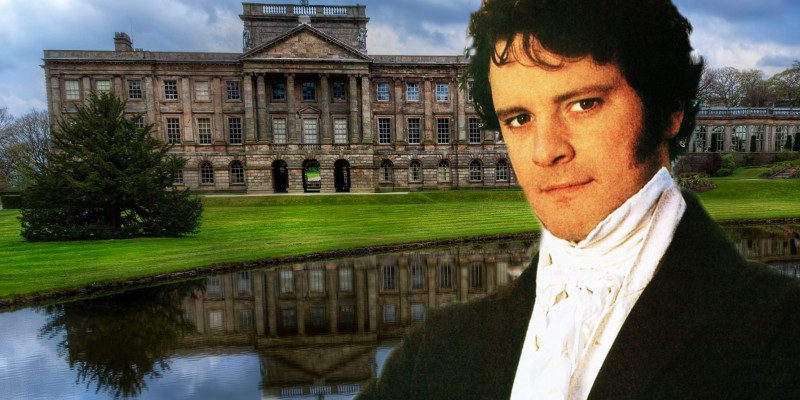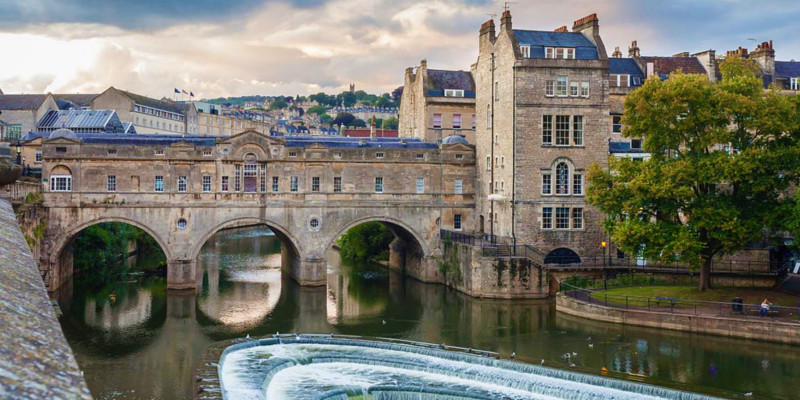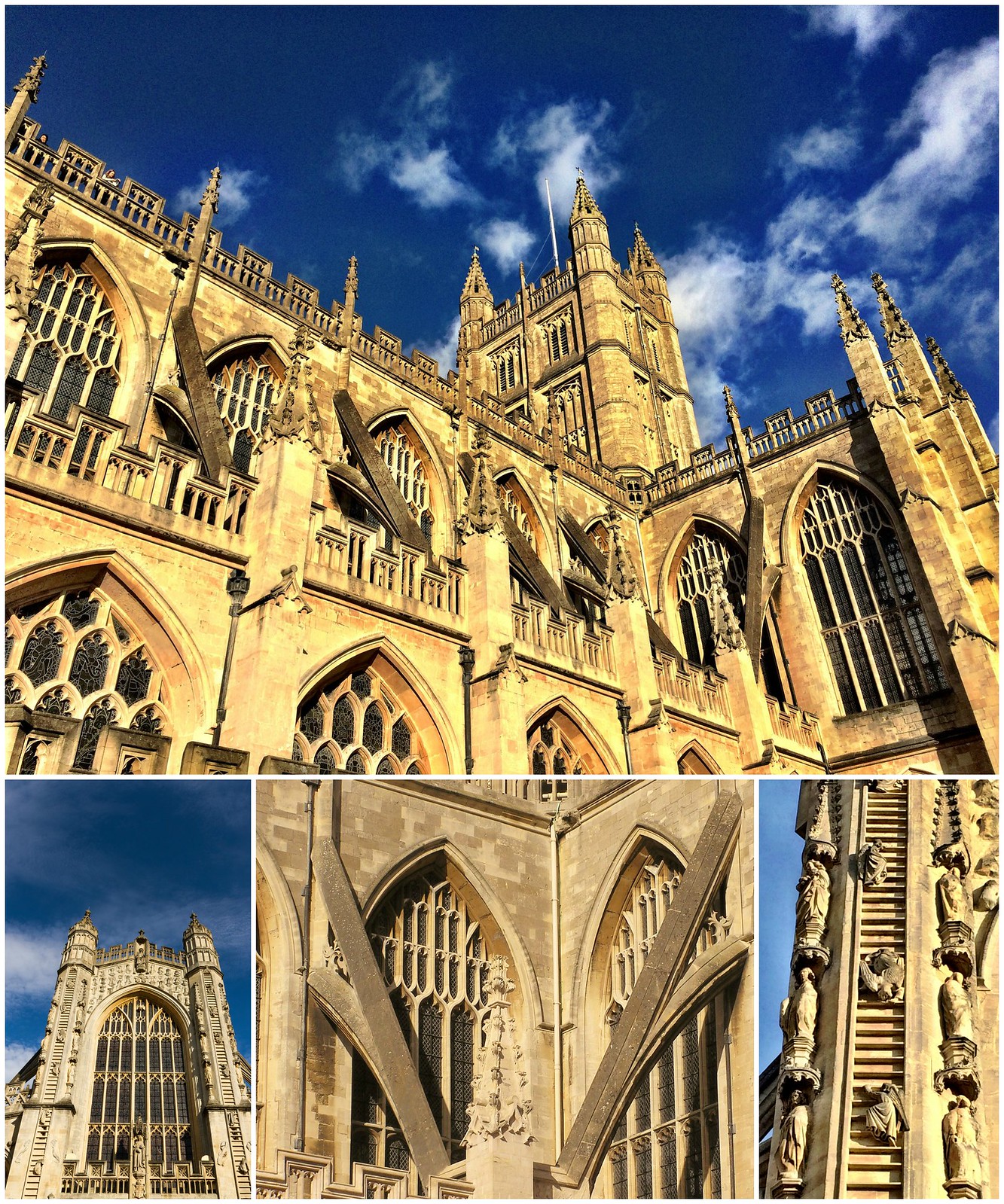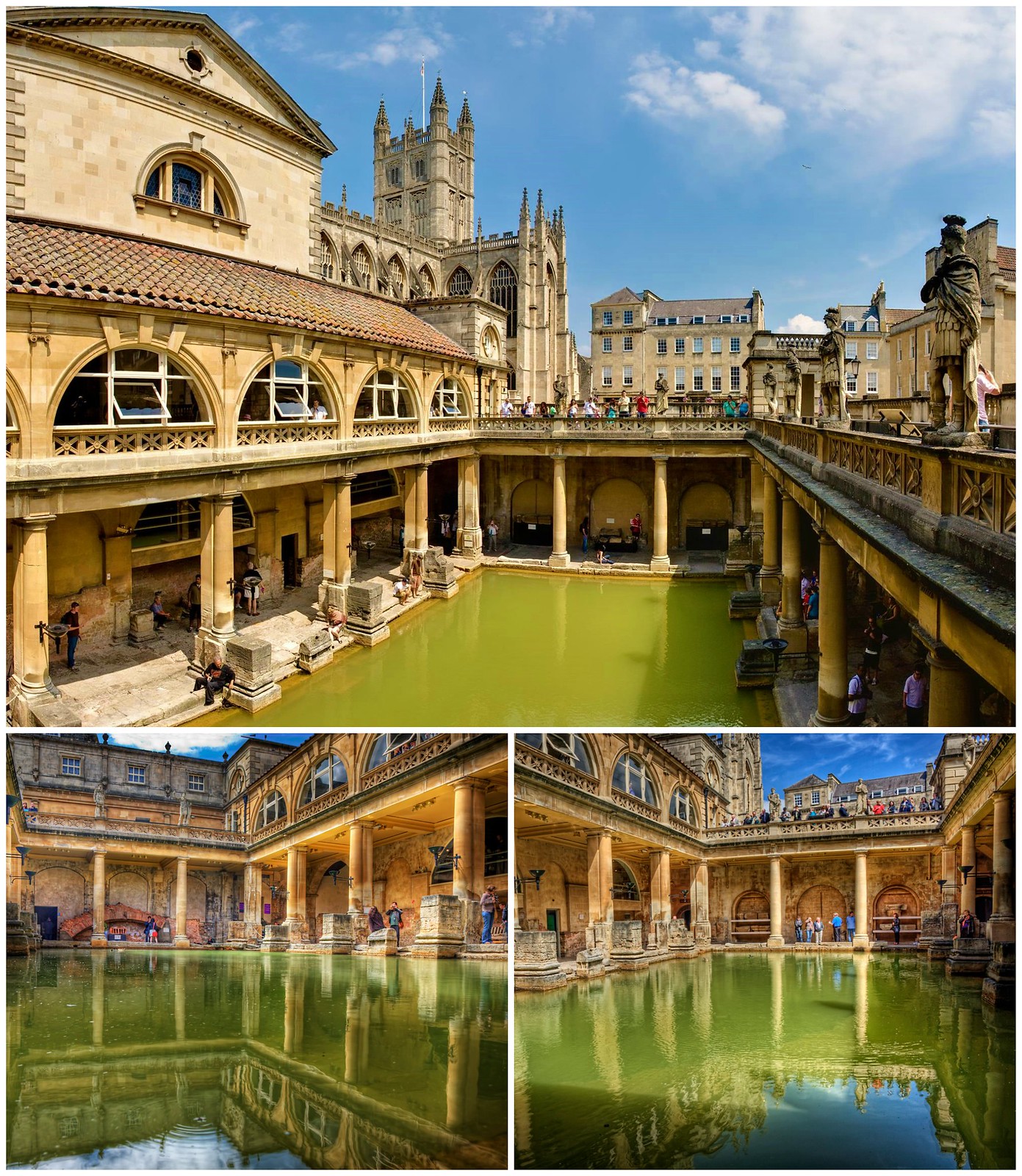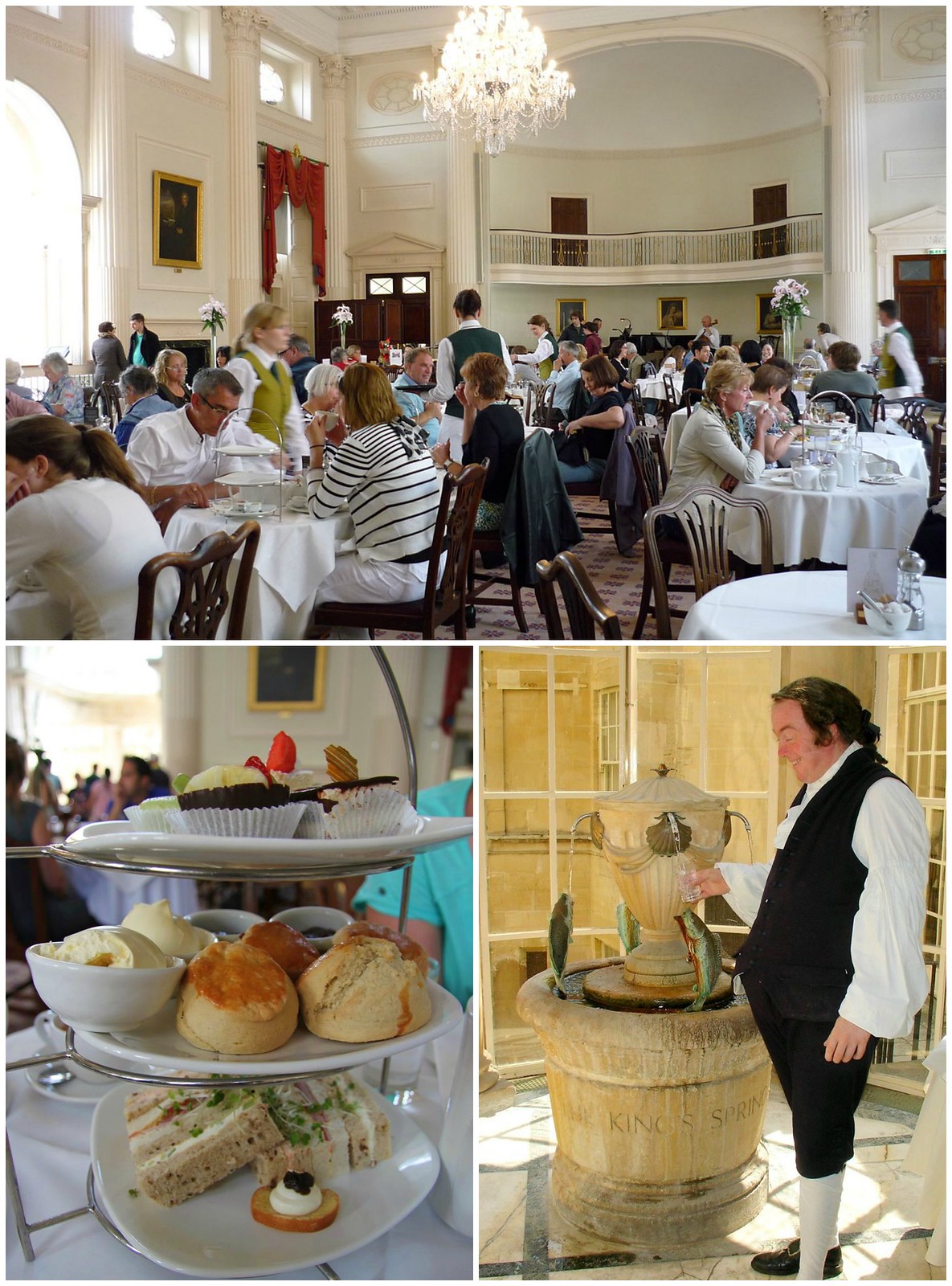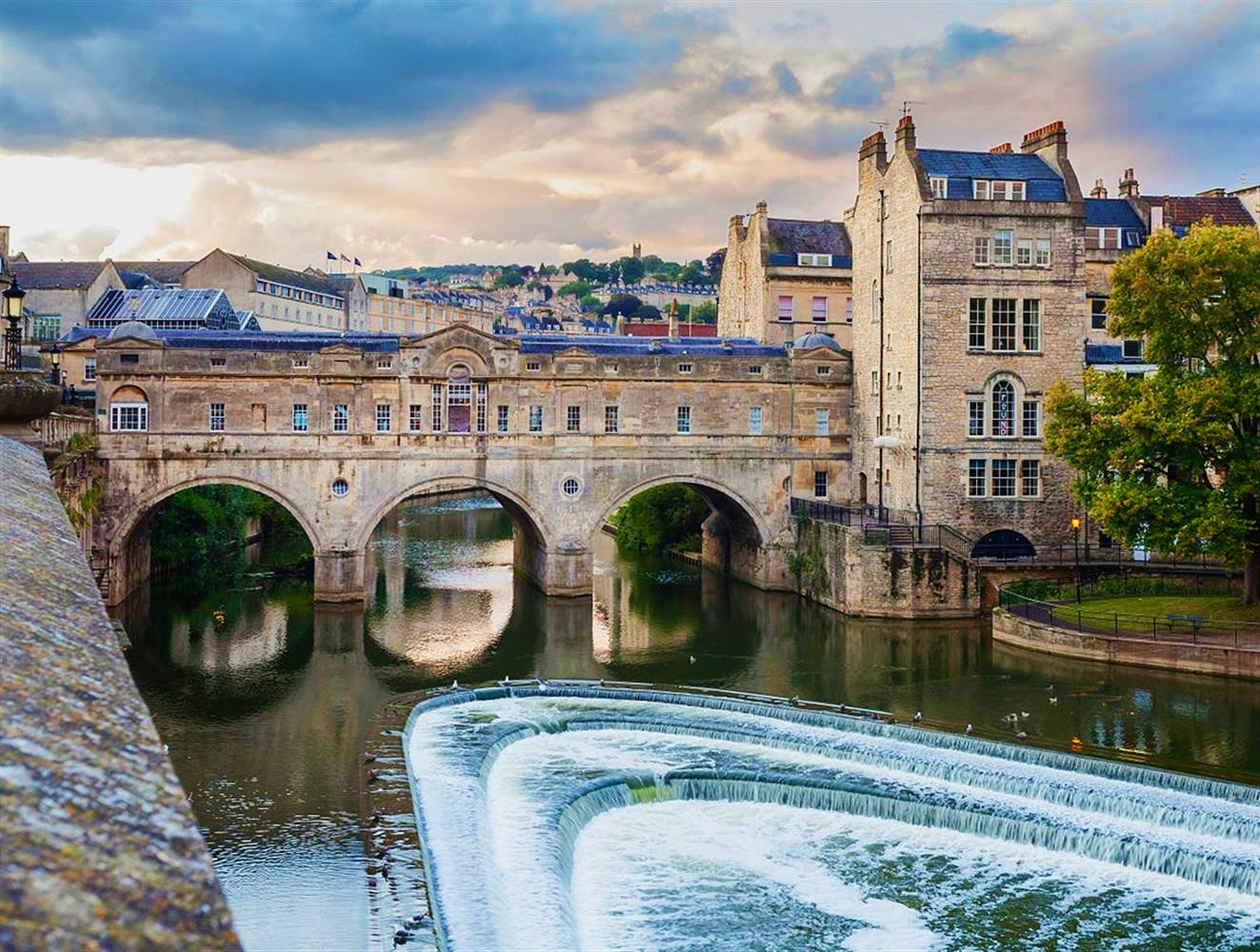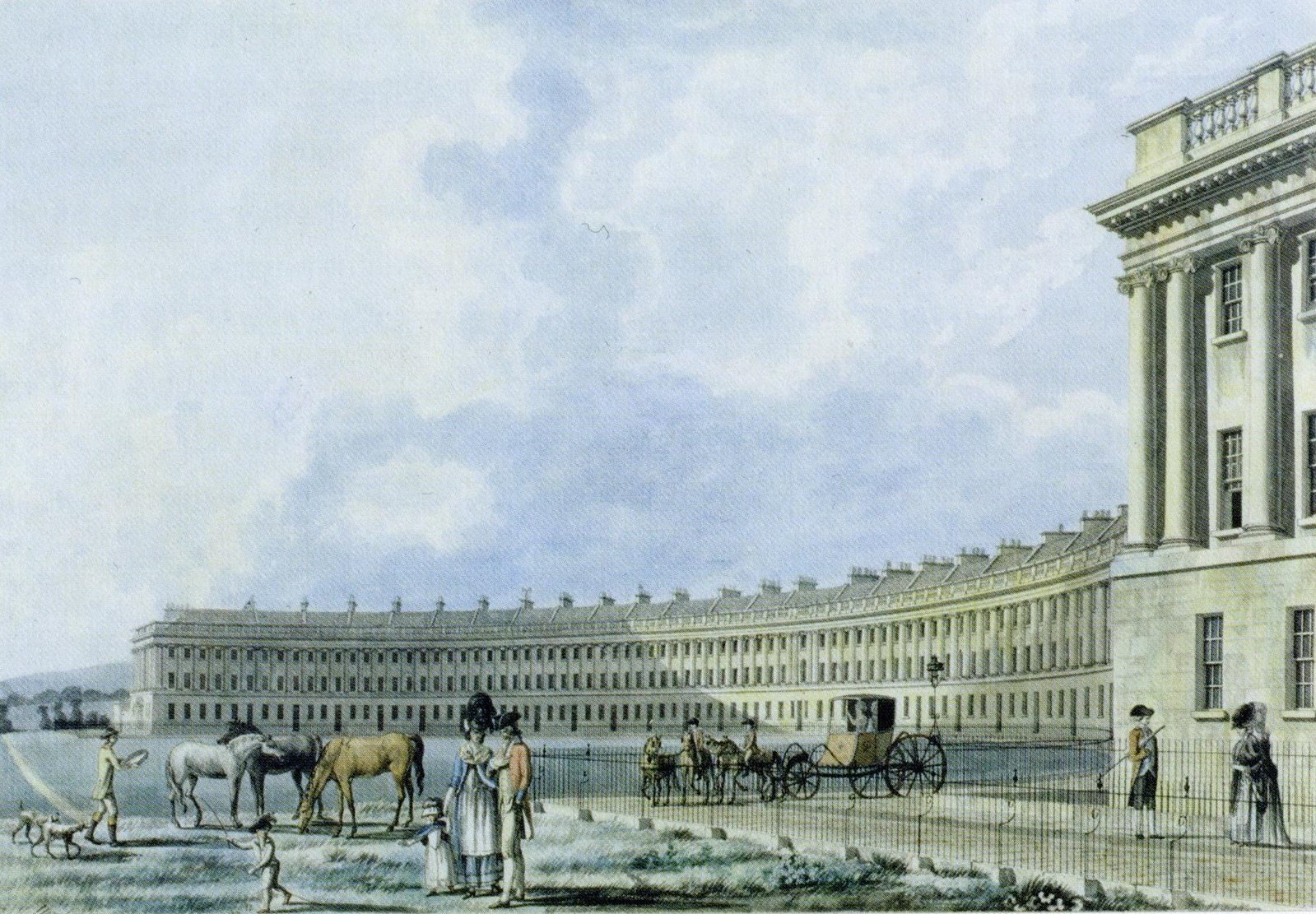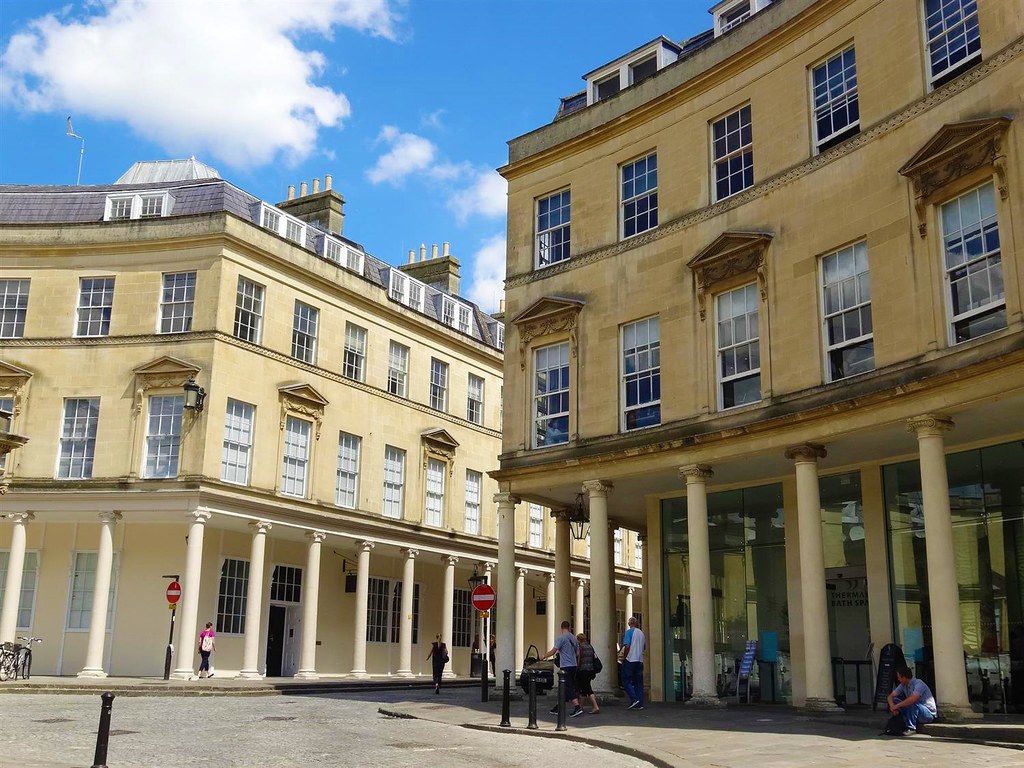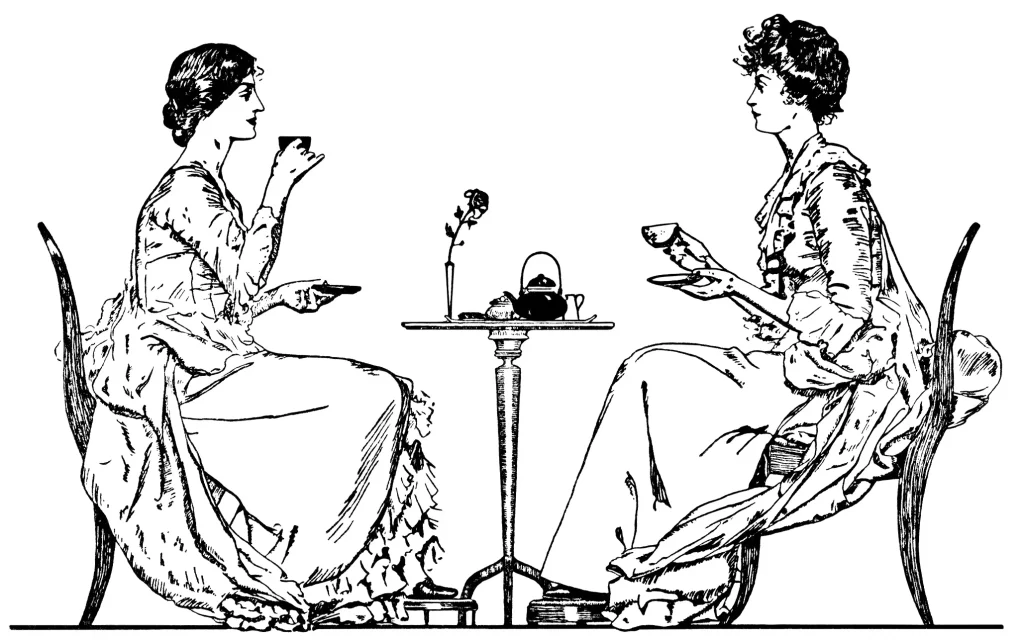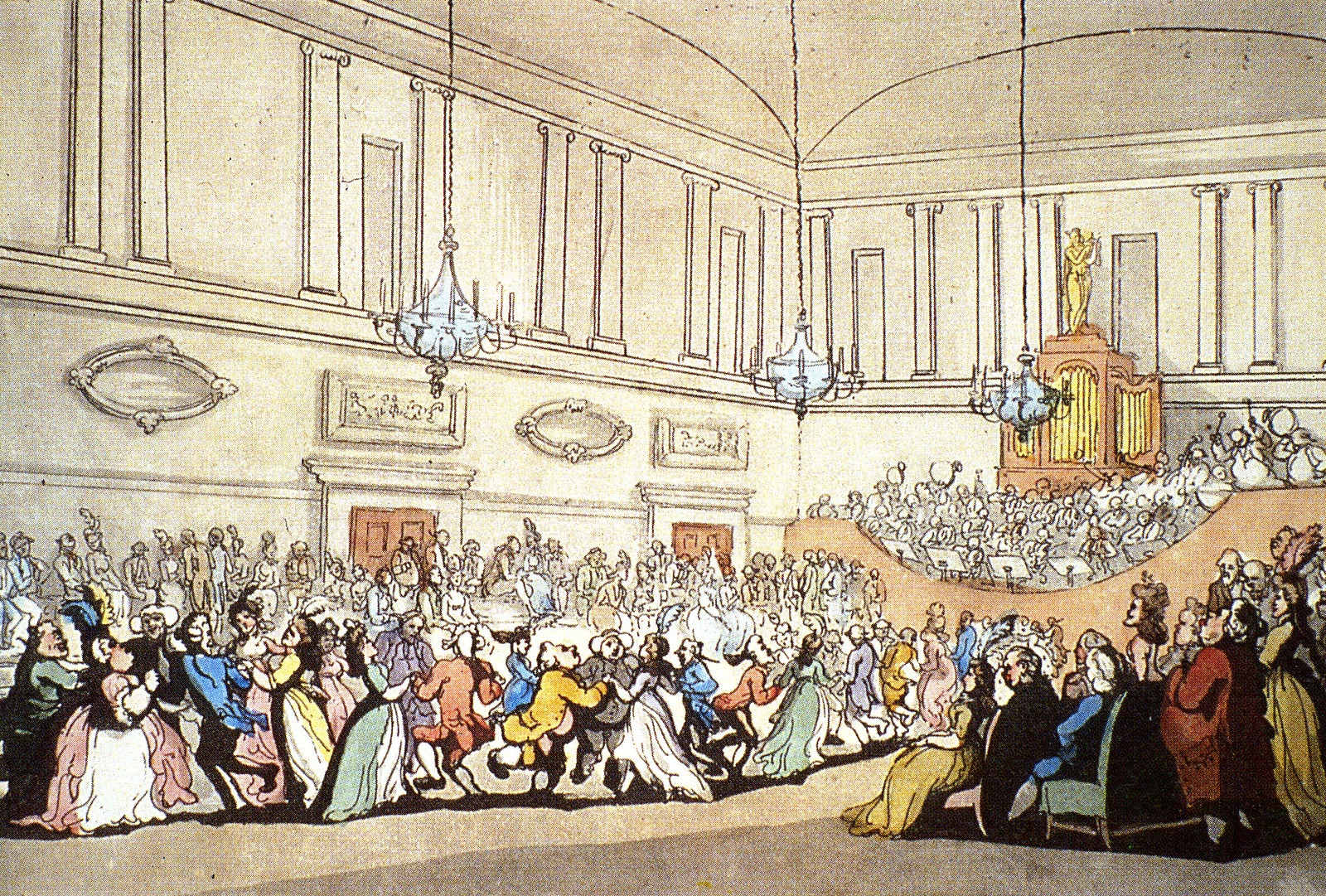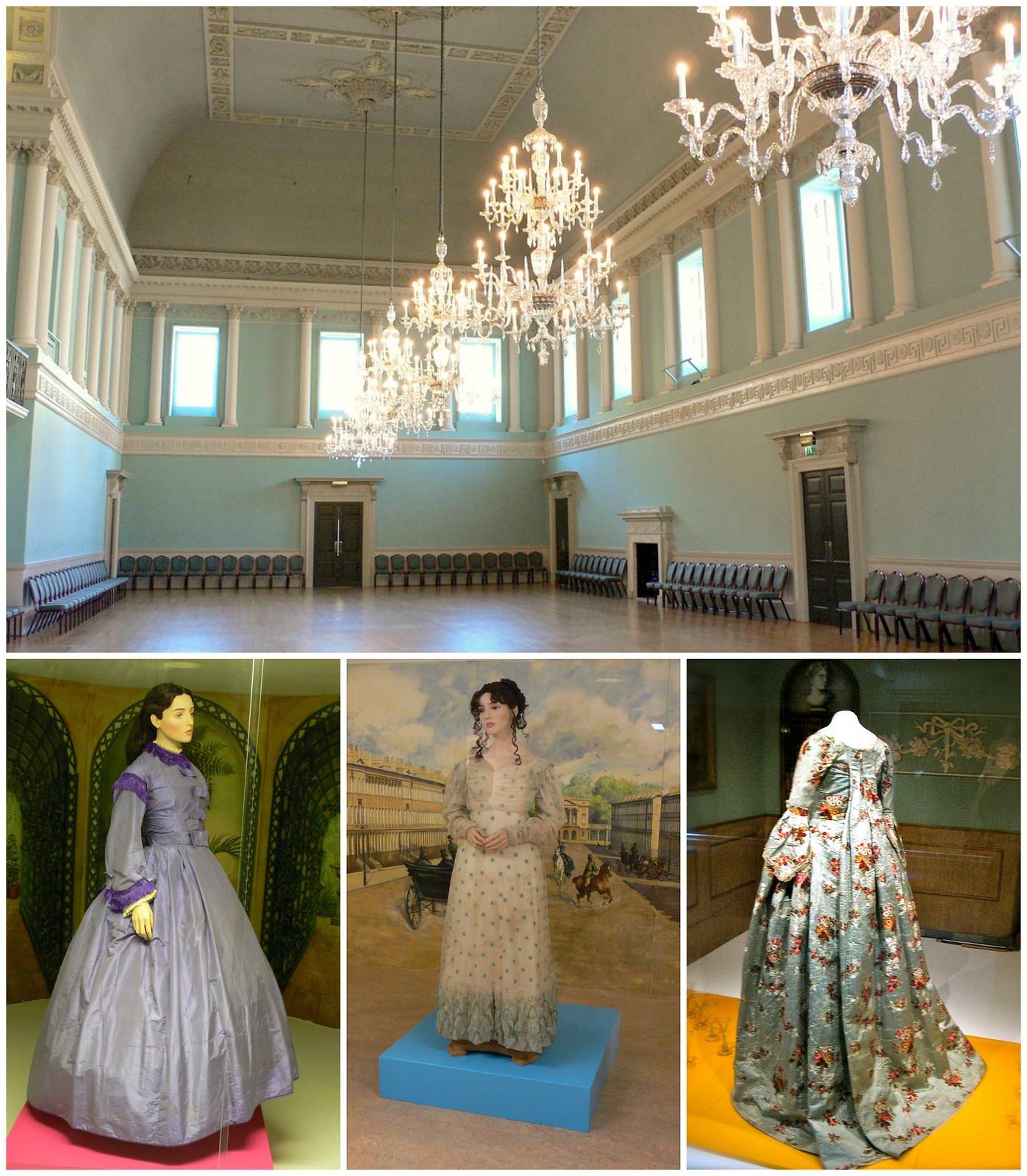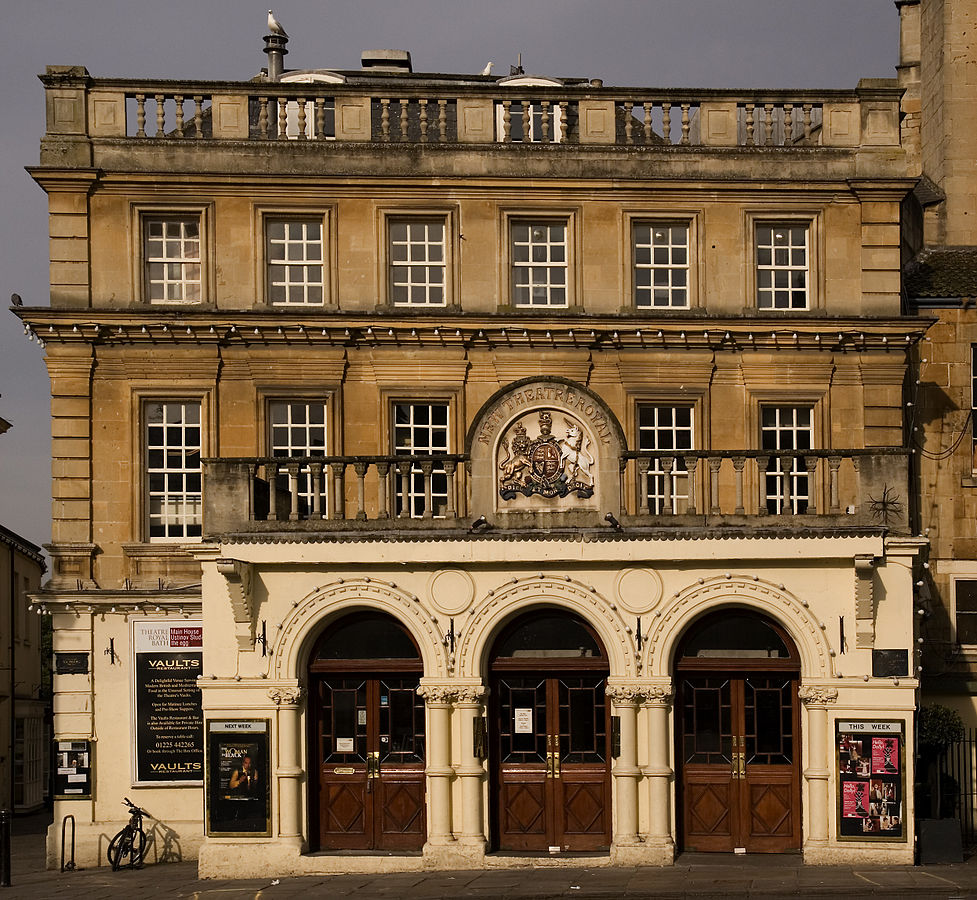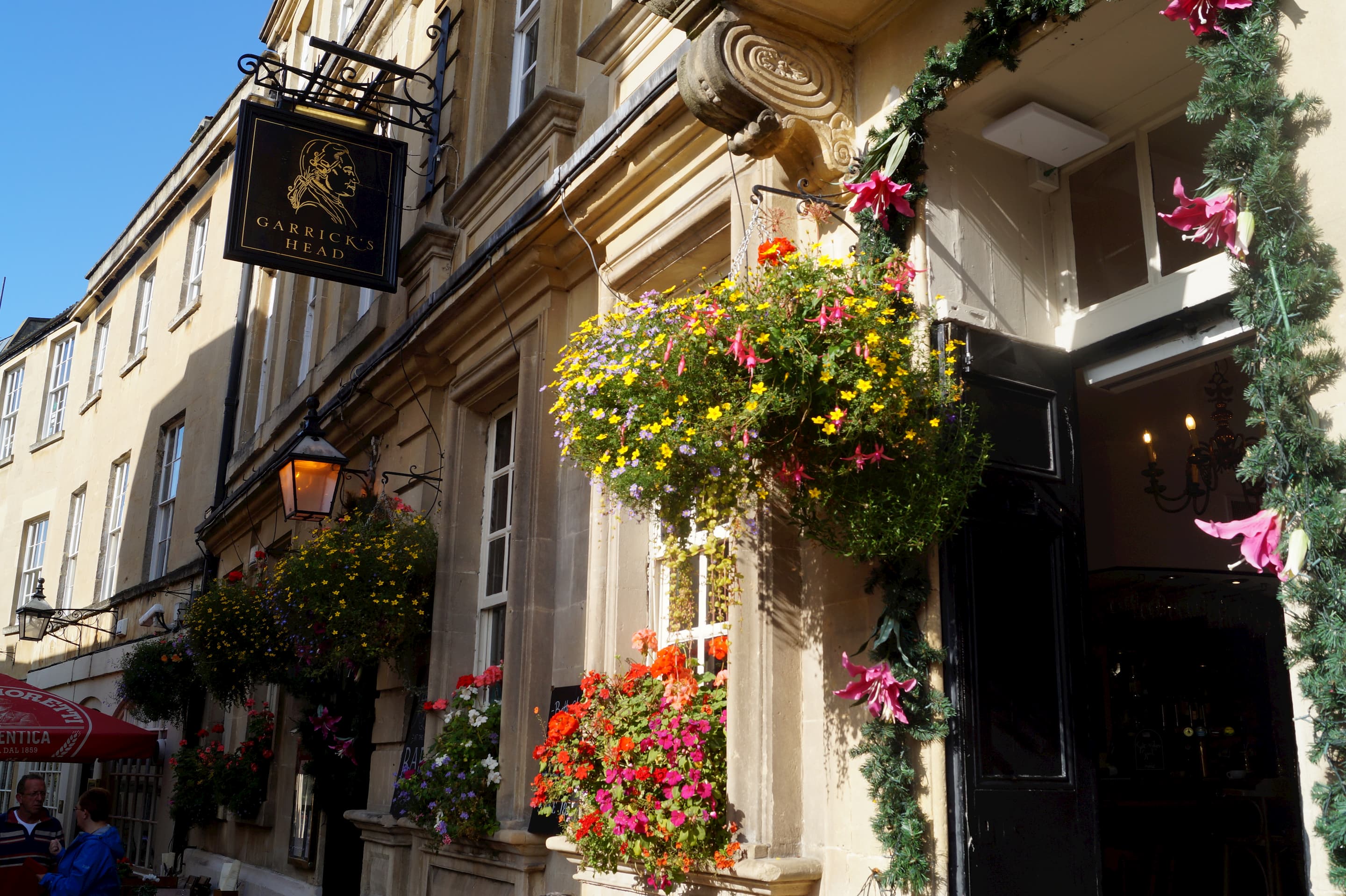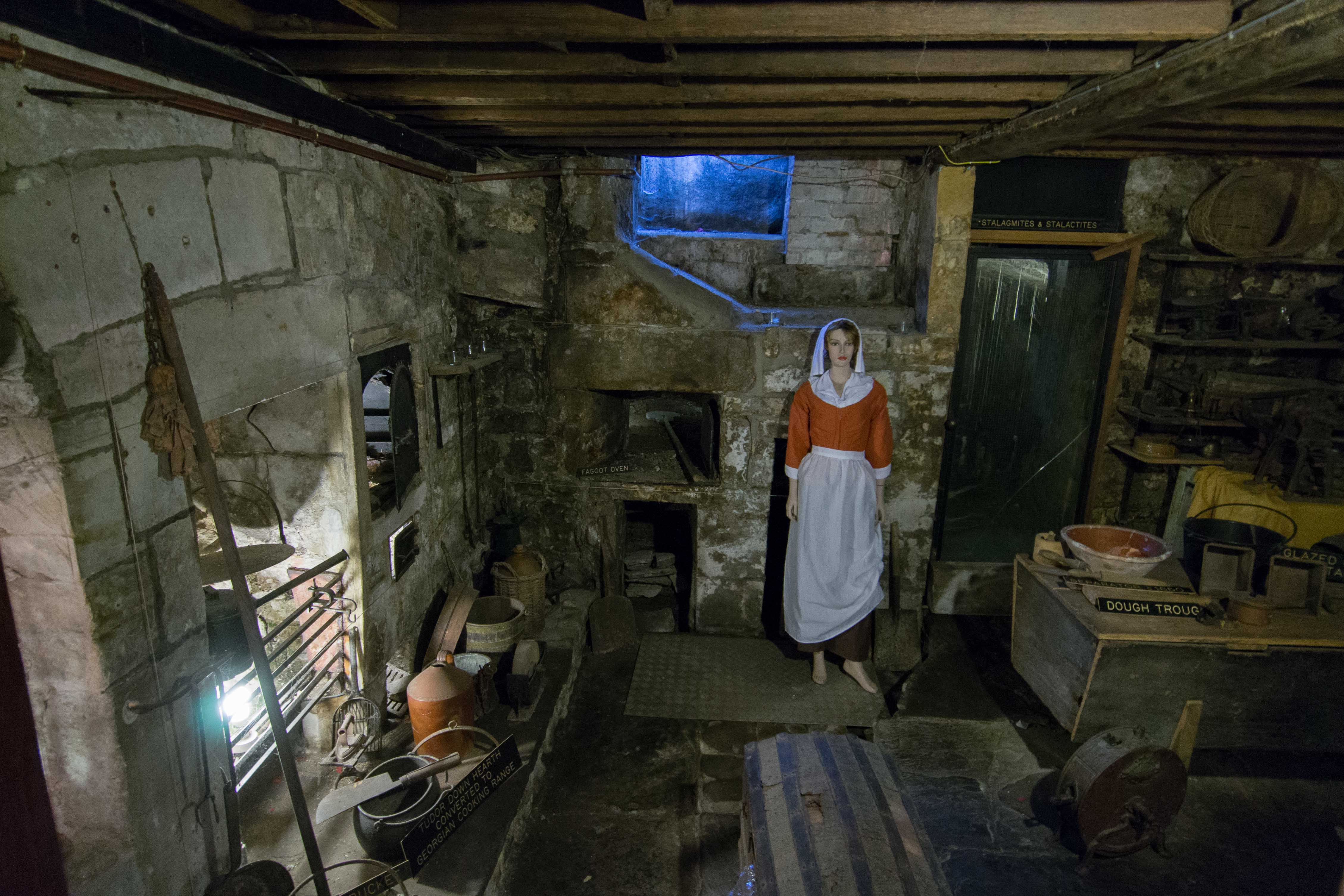Seen as a promising, upcoming British actor in the 1980s and labeled as one of the “Brit Pack”—British actors who achieved success in Hollywood, Colin Firth’s career skyrocketed after he appeared in the 1995 BBC adaptation of Jane Austen’s Pride and Prejudice.
Many believe he truly IS Mr Darcy …
Colin Firth’s portrayal of Mr. Darcy is widely regarded as one of the most iconic performances in the history of period dramas. Firth’s interpretation of the enigmatic and brooding Mr. Darcy has left an indelible mark on both fans of the original novel and newcomers to Austen’s world, solidifying his status as a quintessential leading man in the realm of British period dramas.
Capturing the Essence of Mr. Darcy
Colin Firth brought a unique blend of charisma, sophistication, and vulnerability to the character of Mr. Darcy. In the early scenes of Pride and Prejudice, Firth perfectly encapsulates Darcy’s aloofness and reserve, making the character seem distant and proud. However, as the narrative unfolds, Firth skillfully reveals the layers beneath Darcy’s exterior, gradually exposing the character’s depth and inner conflict.
One of the most memorable scenes is Darcy’s first proposal to Elizabeth Bennet, played by Jennifer Ehle. Firth’s portrayal during this pivotal moment is a masterclass in conveying complex emotions. The intensity of his feelings, veiled by societal norms and personal pride, is palpable as he struggles to articulate his emotions. Firth’s performance makes the audience empathize with Darcy’s internal turmoil, adding a layer of complexity to the character that goes beyond the pages of Austen’s novel.
The Infamous Wet Shirt Scene
No discussion of Colin Firth in Pride and Prejudice would be complete without mentioning the now-legendary “wet shirt” scene. This moment, in which Darcy takes a plunge into a lake on his estate, became an instant cultural phenomenon. Firth’s chiseled jawline and brooding expression, combined with the soaked white shirt clinging to his form, created an iconic image that has since become synonymous with romantic heroism.
The wet shirt scene not only showcased Firth’s physical appeal but also underscored the vulnerability and authenticity he brought to the character. It was a departure from the traditional stoicism associated with period drama heroes, allowing audiences to see a more human side of Mr. Darcy.
Impact on Pop Culture
Colin Firth’s portrayal of Mr. Darcy in Pride and Prejudice has transcended the boundaries of the small screen, becoming a cultural touchstone. The character has been parodied, referenced, and reimagined in various forms of media, with Firth’s performance serving as the definitive template for future portrayals of Darcy in popular culture.
Firth’s legacy as Mr. Darcy is so enduring that he even reprised the role in the 2001 film Bridget Jones’s Diary, a modern-day adaptation of Austen’s Pride and Prejudice. This self-aware nod to his iconic character further solidified Firth’s place in the hearts of fans worldwide.
Watch Pride and Prejudice (Restored) on Prime Video.
The image and text contain an Amazon affiliate link, which means that should you decide to make a purchase through Amazon, we might earn a small commission.
Trivia
When Helen Fielding, author of “Bridget Jones’s Diary”, created the character Mark Darcy, she had both Mr. Darcy from this production and the actor Colin Firth in mind. Colin Firth played Mark Darcy in the “Bridget Jones’s Diary” movie.
Hard to believe today, but Colin Firth initially declined the role of Mr. Darcy.
The china used for tea by the Bennett family is Royal Crown Derby Royal Antoinette.
The original plan for the Lake Scene, as written by Andrew Davies (House of Cards, Bridget Jones’s Diary), was for Colin Firth to be completely naked. But both Colin and the BBC were too prudish to entertain the idea.
Lyme Park in Cheshire, England, was the location used for the exterior of Pemberley, Mr. Darcy’s estate.
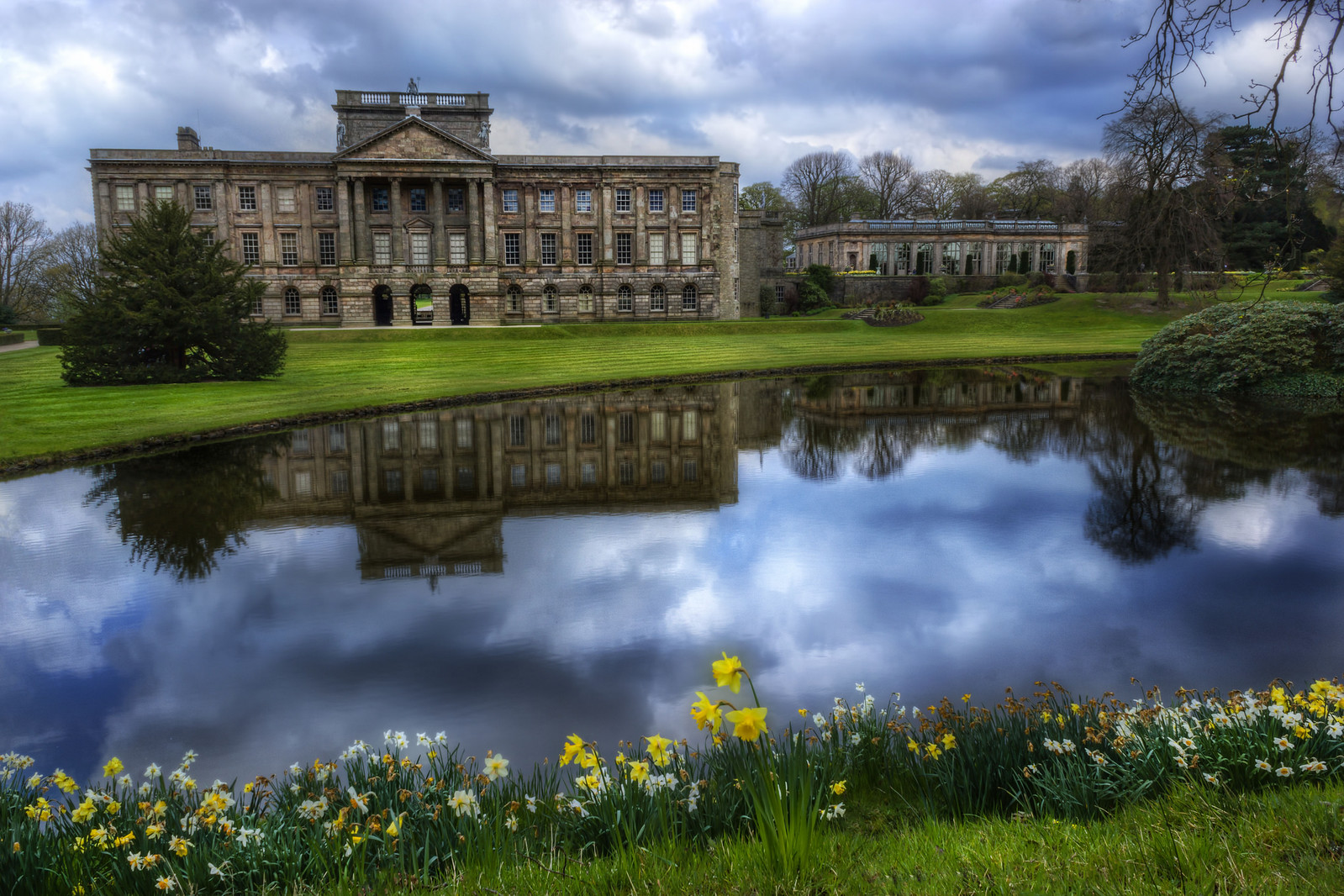
Also recommended for you
- 16 of the Best Authors in History—vote for your favorite
- Darcy vs Darcy – Who’s Your Favorite Mr Darcy?

